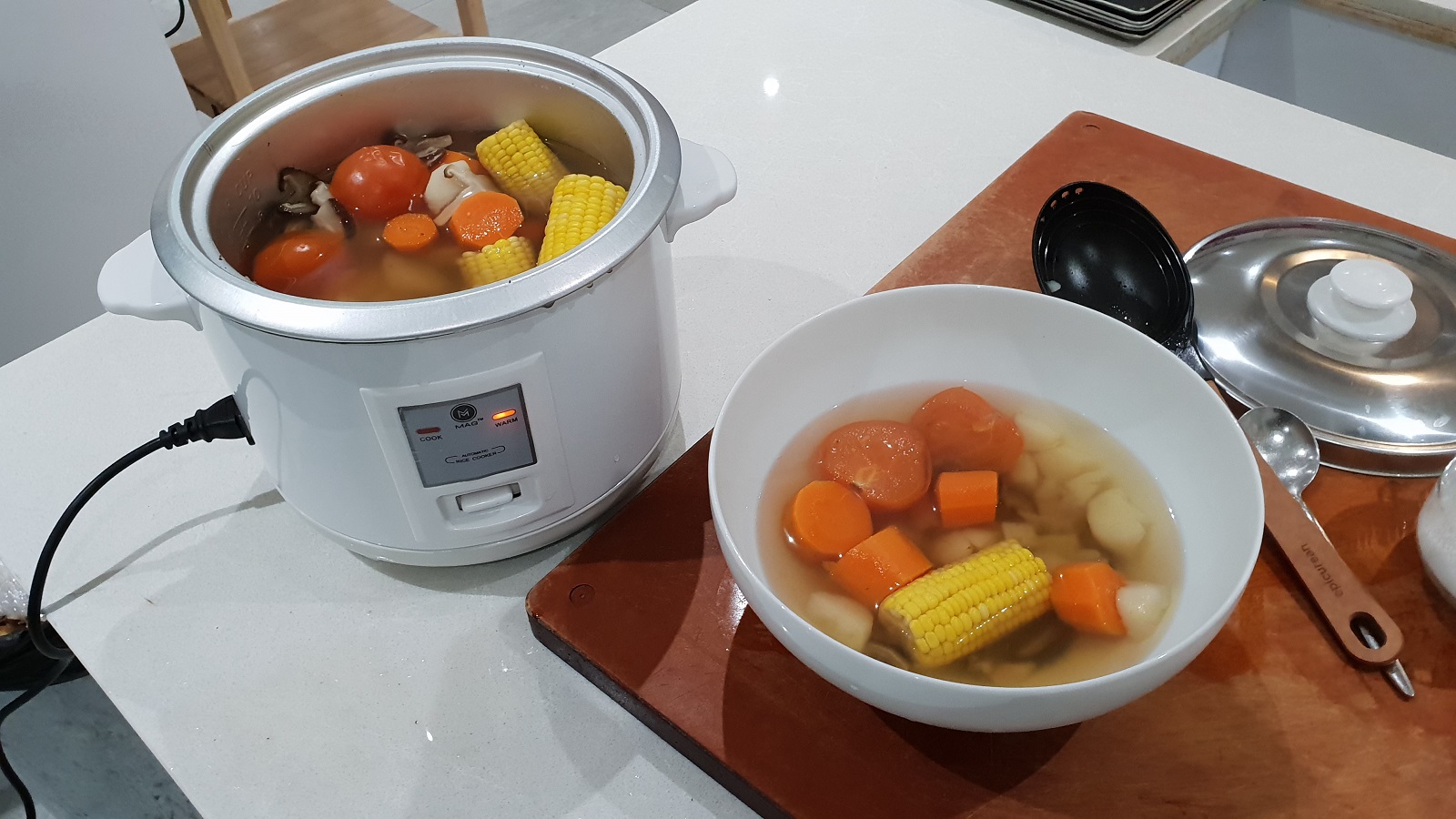

Articles
How To Cook Soup In Rice Cooker
Modified: February 29, 2024
Discover the best articles on how to cook soup in a rice cooker. Learn simple steps and expert tips to make delicious soup with your versatile appliance.
(Many of the links in this article redirect to a specific reviewed product. Your purchase of these products through affiliate links helps to generate commission for Storables.com, at no extra cost. Learn more)
Introduction
When it comes to cooking, the rice cooker is often known for its ability to perfectly cook fluffy rice. But did you know that it can also be a convenient and efficient tool for making delicious soups? That’s right, a rice cooker can take your soup-making game to the next level, offering a hassle-free and hands-off cooking experience.
Whether you’re a busy professional looking for quick and easy meal options or a novice cook exploring the world of culinary delights, using a rice cooker to make soup is a game-changer. Not only does it save you time and effort, but it also ensures that your soup is cooked evenly and retains all the flavors and nutrients.
In this article, we will guide you through the process of cooking soup in a rice cooker, from choosing the right ingredients to cleaning and maintaining your appliance. So, grab your ladle and get ready to discover how to make the most out of your rice cooker for a bowlful of hearty goodness!
Key Takeaways:
- Elevate your soup game by using a rice cooker to create hassle-free, flavorful, and nutritious soups. From basic recipes to endless variations, unleash your culinary creativity with this convenient cooking method.
- Master the art of cooking soup in a rice cooker with valuable tips for even cooking, flavor enhancement, and proper maintenance. Enjoy delicious, hands-off soups at the touch of a button while exploring endless customization options.
Read more: How To Store Soup
Choosing the Right Ingredients
The first step in cooking a delicious soup in a rice cooker is selecting the right ingredients. While the possibilities are endless, here are some key tips to ensure your soup turns out flavorful and balanced:
- Broth or Stock: The base of any good soup is a flavorful broth or stock. You can use vegetable broth for a vegetarian or vegan option, chicken broth for a classic flavor, or beef broth for heartier soups. Alternatively, you can make your own homemade stock by simmering bones and aromatics.
- Protein: Consider adding protein to your soup, such as chicken, beef, seafood, or tofu. These ingredients not only add substance but also contribute to the overall taste and texture of the soup. Make sure to cut the protein into bite-sized pieces for even cooking.
- Vegetables: Load up your soup with a variety of vegetables to add depth and nutrients. Carrots, celery, onions, and garlic are classic choices, but feel free to experiment with other vegetables like mushrooms, broccoli, or bell peppers.
- Grains or Beans: For a heartier soup, consider adding grains or beans such as lentils, barley, or quinoa. These ingredients not only add texture but also make the soup more filling and nutritious.
- Herbs and Spices: Don’t forget to season your soup with herbs and spices to enhance the flavors. Common choices include bay leaves, thyme, rosemary, cumin, paprika, or chili powder. Adjust the amount of seasoning according to your taste preferences.
Remember, the choice of ingredients largely depends on your personal preference and dietary restrictions. Feel free to get creative and experiment with different flavors to make the soup uniquely yours.
Preparing the Rice Cooker
Now that you have gathered all the necessary ingredients, it’s time to prepare your rice cooker for soup-making. Follow these steps to ensure a smooth cooking process:
- Clean and Dry: Make sure your rice cooker is clean and dry before you start. Remove any leftover rice or residue from previous use.
- Impart Flavors: If you want to infuse extra flavor into your soup, you can choose to sauté some onions, garlic, or other aromatics directly in the rice cooker pot before adding the other ingredients. This step can enhance the overall taste of the soup.
- Add Ingredients: Add the broth or stock as the first ingredient into the rice cooker pot. Then, you can add the vegetables, protein, grains, and spices according to your recipe. Make sure not to overfill the pot, as the soup will expand during cooking.
- Proper Proportions: Follow the recommended ratios of liquid to solid ingredients specified in your recipe. This will ensure that your soup has the right consistency and is not too watery or too thick.
- Optional Seasonings: If there are any additional seasonings to be added later in the cooking process, such as fresh herbs or a squeeze of lemon juice, note them down to avoid forgetting to include them.
- Cooking Settings: Set your rice cooker to the appropriate cooking setting for soup. Most rice cookers have different settings for cooking rice, steaming, and soup-making. Select the soup setting for optimal results.
- Cooking Time: Depending on the type and quantity of ingredients, the cooking time may vary. Typically, a rice cooker takes about 20-30 minutes to cook soup. However, it’s always a good idea to check the doneness of the ingredients before turning off the cooker.
Once the ingredients are added and the settings are adjusted, you can sit back and let the rice cooker work its magic!
Basic Soup Recipe
Now that you have prepared your rice cooker and gathered your ingredients, let’s dive into a basic soup recipe that you can easily follow. This recipe serves as a great starting point for your soup-making adventures:
Ingredients:
- 4 cups of broth or stock (vegetable, chicken, or beef)
- 1 onion, diced
- 2 cloves of garlic, minced
- 2 carrots, diced
- 2 stalks of celery, diced
- 1 cup of diced protein (chicken, beef, or tofu)
- 1 cup of diced potatoes
- 1 teaspoon of dried thyme
- Salt and pepper to taste
Instructions:
- Preheat your rice cooker and sauté the onions and garlic until fragrant.
- Add the broth or stock, carrots, celery, protein, potatoes, thyme, salt, and pepper to the rice cooker pot. Stir gently to combine the ingredients.
- Close the lid and set the rice cooker to the soup cooking setting. Let it cook for around 20-30 minutes, or until the vegetables are tender and the flavors have melded together.
- Once the soup is cooked, give it a taste and adjust the seasoning if needed.
- Ladle the hot and delicious soup into bowls and serve it with some crusty bread or your favorite garnishes.
Feel free to modify this basic recipe according to your taste preferences and ingredient availability. You can add or substitute ingredients, experiment with different spices, or even add a splash of cream or a squeeze of lemon juice for an extra touch of flavor.
Remember, cooking in a rice cooker allows for a more hands-off approach, so you can use this time to catch up on your favorite TV show or spend quality time with loved ones while your soup simmers away!
When cooking soup in a rice cooker, make sure to add the ingredients in the following order: vegetables, protein, grains, and then liquid. This will ensure even cooking and prevent sticking to the bottom.
Tips for Cooking Soup in a Rice Cooker
Now that you’re familiar with the basics of cooking soup in a rice cooker, here are some valuable tips to help you achieve the best results:
- Choose the right sized rice cooker: Ensure that your rice cooker is large enough to accommodate the quantity of soup you want to make. It’s better to have some extra room in the pot to prevent overflow during the cooking process.
- Layer ingredients properly: Layering ingredients in the correct order is crucial for even cooking. Start with the broth or stock at the bottom, followed by the protein, vegetables, and grains. This helps ensure that the ingredients cook evenly and absorb the flavors from the broth.
- Don’t overfill the pot: Avoid overfilling the rice cooker pot, as the soup will expand during cooking. Leave some space at the top to prevent any spills or overflow.
- Avoid opening the lid frequently: Resist the temptation to open the rice cooker lid frequently while the soup is cooking. Each time you open the lid, heat and steam escape, which can affect the cooking time and result in unevenly cooked soup.
- Check for doneness: While the suggested cooking time is a guideline, it’s important to check the doneness of the ingredients before turning off the rice cooker. Test the vegetables and protein by piercing them with a fork to ensure they are cooked to your liking.
- Add delicate ingredients towards the end: Delicate ingredients such as fresh herbs, leafy greens, or cream should be added towards the end of the cooking process to prevent them from overcooking and losing their flavors. Mix them in just a few minutes before the soup is done.
- Customize with toppings and garnishes: Once your soup is cooked, feel free to add additional toppings or garnishes to enhance the overall flavor and presentation. Options include fresh herbs, grated cheese, a dollop of sour cream, croutons, or a sprinkle of chili flakes.
- Allow flavors to meld: Let your soup sit for a few minutes after cooking to allow the flavors to meld together. This resting period helps the soup reach its full potential in terms of flavor and depth.
- Store leftovers properly: If you have leftover soup, make sure to cool it down before storing it in an airtight container in the refrigerator. Soup can be reheated in the rice cooker later when you’re ready to enjoy it again.
By keeping these tips in mind, you’ll be well on your way to mastering the art of cooking soup in a rice cooker, and you’ll soon be delighting your taste buds with delicious and comforting soups at the touch of a button.
Read more: How To Can Soup In Electric Pressure Cooker
Variations and Customizations
One of the great things about cooking soup in a rice cooker is that it allows for endless variations and customizations. Here are some ideas to inspire your culinary creativity:
- International Flavors: Experiment with different cuisines and incorporate unique spices and ingredients. For example, you can make a Thai-inspired coconut curry soup by adding coconut milk, curry paste, and shrimp.
- Creamy Soups: If you enjoy creamy soups, consider adding ingredients like pureed vegetables, cream, or coconut milk to achieve a velvety texture. Potato soup, butternut squash soup, or tomato bisque are excellent options.
- Spicy Kick: If you like a bit of heat, add some chili peppers, hot sauce, or red pepper flakes to your soup. This is especially delicious in tomato-based or bean soups.
- Vegetarian and Vegan Options: Skip the meat and explore a variety of vegetarian or vegan soup options. Incorporate plant-based protein sources like beans, lentils, or tofu, and load up on vegetables for a hearty and nutritious meal.
- Seafood Delights: Incorporate seafood like shrimp, fish, or mussels into your soup for a taste of the ocean. Seafood chowder, bouillabaisse, or crab bisque are delicious choices.
- Hearty Bean Soups: Beans are not only nutritious but also make for heartwarming and filling soups. Try cooking up a comforting bowl of chili, lentil soup, or minestrone packed with colorful vegetables and flavors.
- Flavorful Broths: Experiment with different types of broths like miso, mushroom, or bone broth for a rich and unique flavor profile. These broths can elevate the taste and depth of your soup.
- Add Grain Varieties: Besides rice, consider incorporating other grains like barley, quinoa, or wild rice into your soup for added texture and nutritional value.
- Herbs and Fresh Garnishes: Experiment with different fresh herbs and garnishes to add a burst of freshness and aroma to your soup. Basil, cilantro, parsley, or a squeeze of lemon juice can take your soup to the next level.
Don’t be afraid to get creative and customize your soup recipe according to your taste preferences and dietary restrictions. Feel free to combine various ingredients, play with flavors, and make the soup truly your own culinary masterpiece!
Cleaning and Maintenance
After enjoying a delicious bowl of soup made in your rice cooker, it’s essential to properly clean and maintain your appliance. Follow these tips to ensure the longevity and optimal performance of your rice cooker:
- Unplug and Cool Down: Before cleaning your rice cooker, make sure it is unplugged and completely cooled down to avoid any risk of burns or electric shock.
- Remove Inner Pot: Take out the inner pot of the rice cooker and wash it separately. Most inner pots are made of non-stick material, making it easy to clean. Wash it with warm soapy water and a gentle sponge or brush. Avoid using abrasive cleaners that can damage the non-stick surface.
- Clean the Exterior: Wipe down the exterior of the rice cooker with a damp cloth or sponge to remove any food residue or spills. Be cautious not to get the heating element or any electrical components wet.
- Remove Odors: If your rice cooker pot or lid retains any lingering smells, you can remove them by rinsing with a mixture of water and vinegar or lemon juice. Let it sit for a few minutes before washing as usual.
- Dry Thoroughly: After cleaning, make sure to thoroughly dry all components before reassembling or storing. Moisture left in the rice cooker can cause mold or other damages.
- Store Properly: If you’re not using your rice cooker frequently, store it in a clean and dry place. Consider keeping the inner pot and other accessories together for easy access next time.
- Regular Maintenance: Check your rice cooker regularly for any signs of wear or damage. Inspect the power cord, plug, and heating element for any fraying or malfunctions. If you notice any issues, contact the manufacturer or a qualified technician for repairs.
- Follow Manufacturer’s Instructions: Always refer to the user manual or instructions provided by the manufacturer for specific cleaning and maintenance guidelines. Different rice cooker models may have slightly different requirements, so it’s important to follow the recommended practices.
By following these cleaning and maintenance tips, you can keep your rice cooker in excellent condition for years to come, ensuring delicious soups and other meals for your enjoyment.
Frequently Asked Questions about How To Cook Soup In Rice Cooker
Was this page helpful?
At Storables.com, we guarantee accurate and reliable information. Our content, validated by Expert Board Contributors, is crafted following stringent Editorial Policies. We're committed to providing you with well-researched, expert-backed insights for all your informational needs.
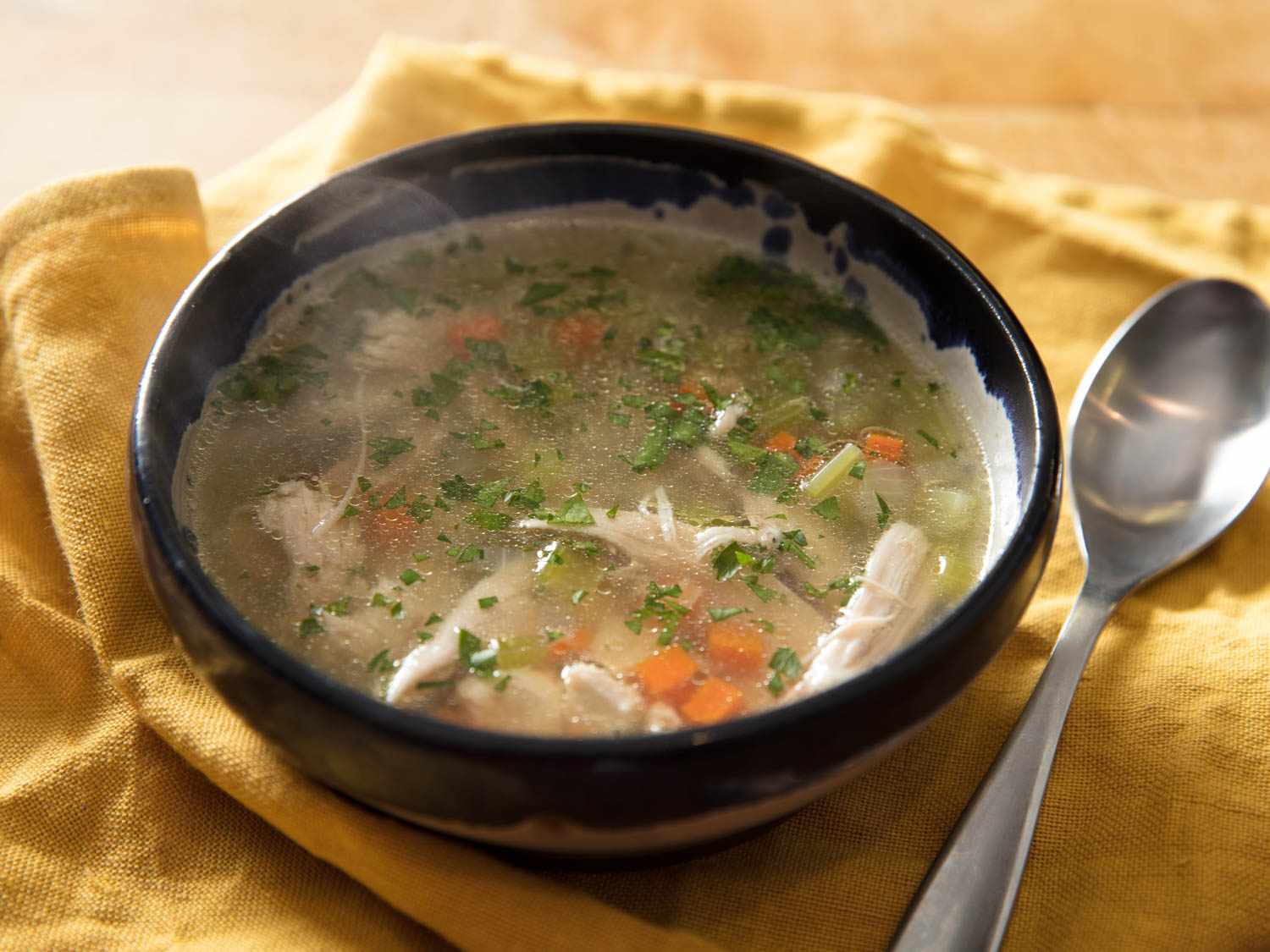
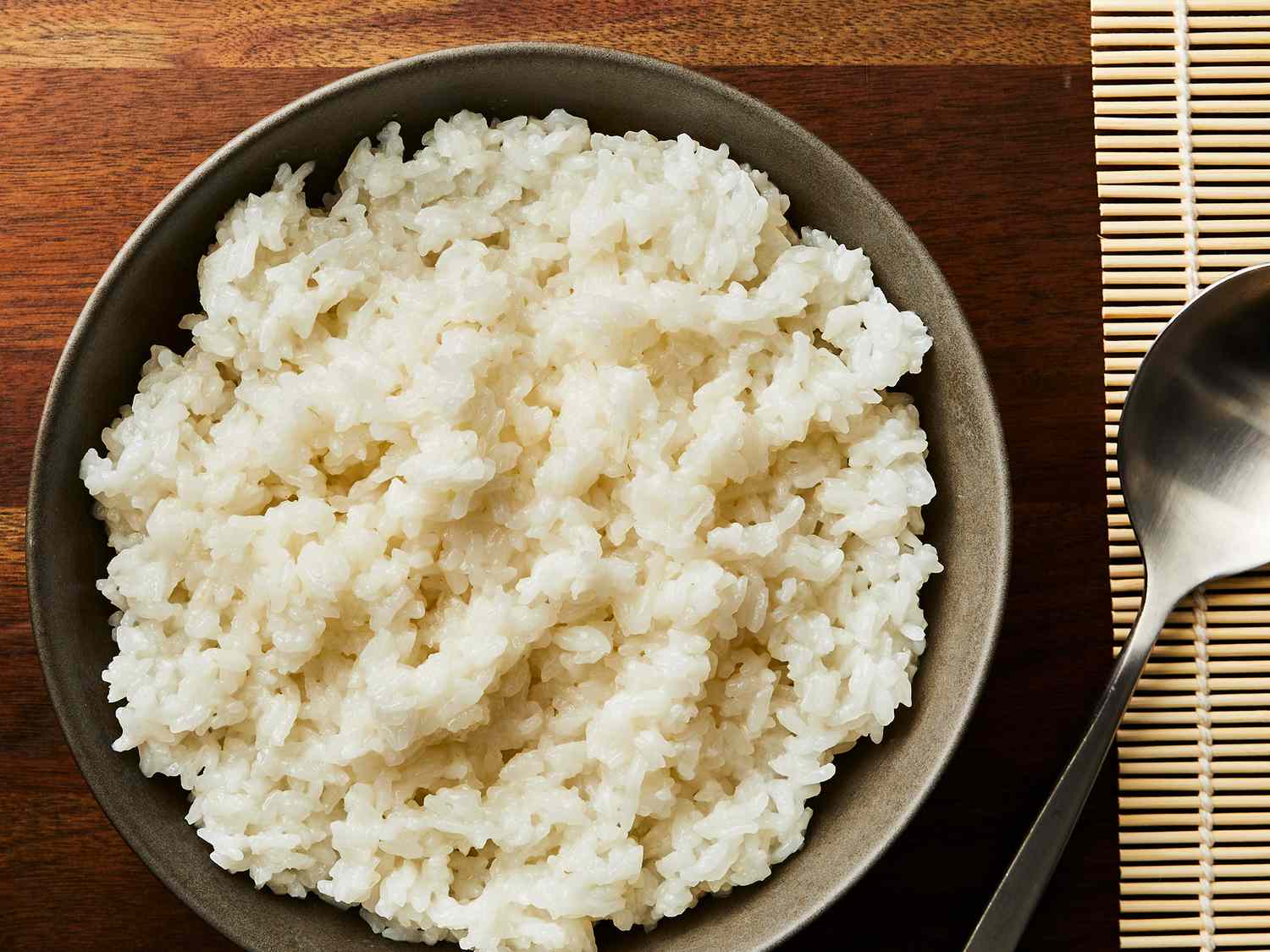
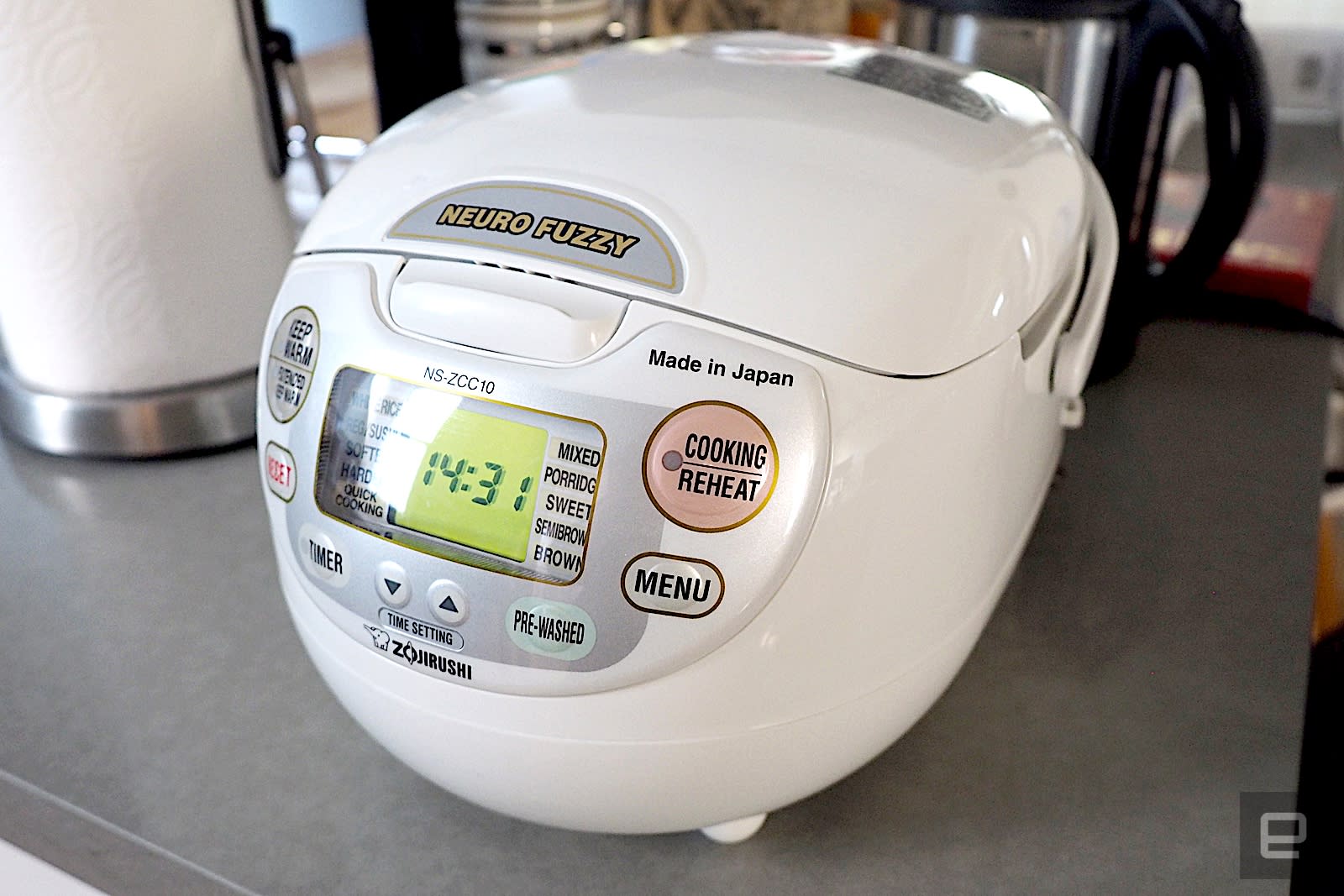
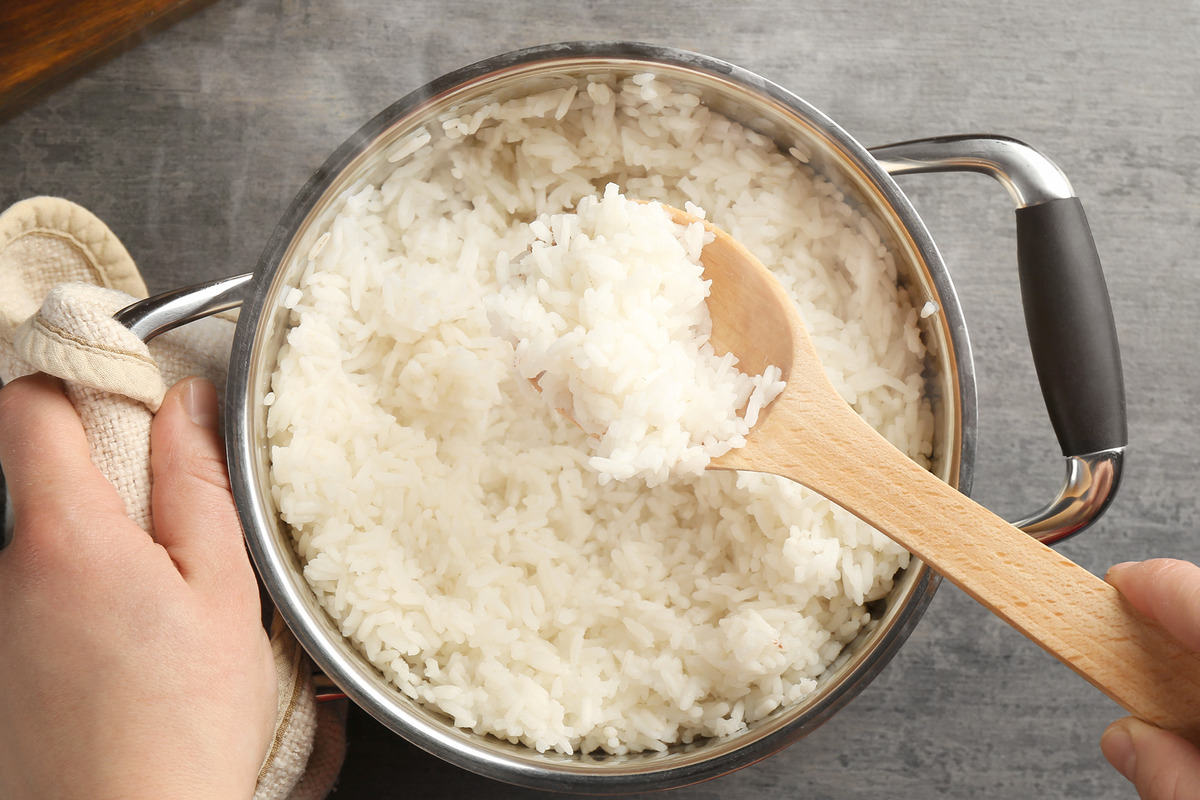
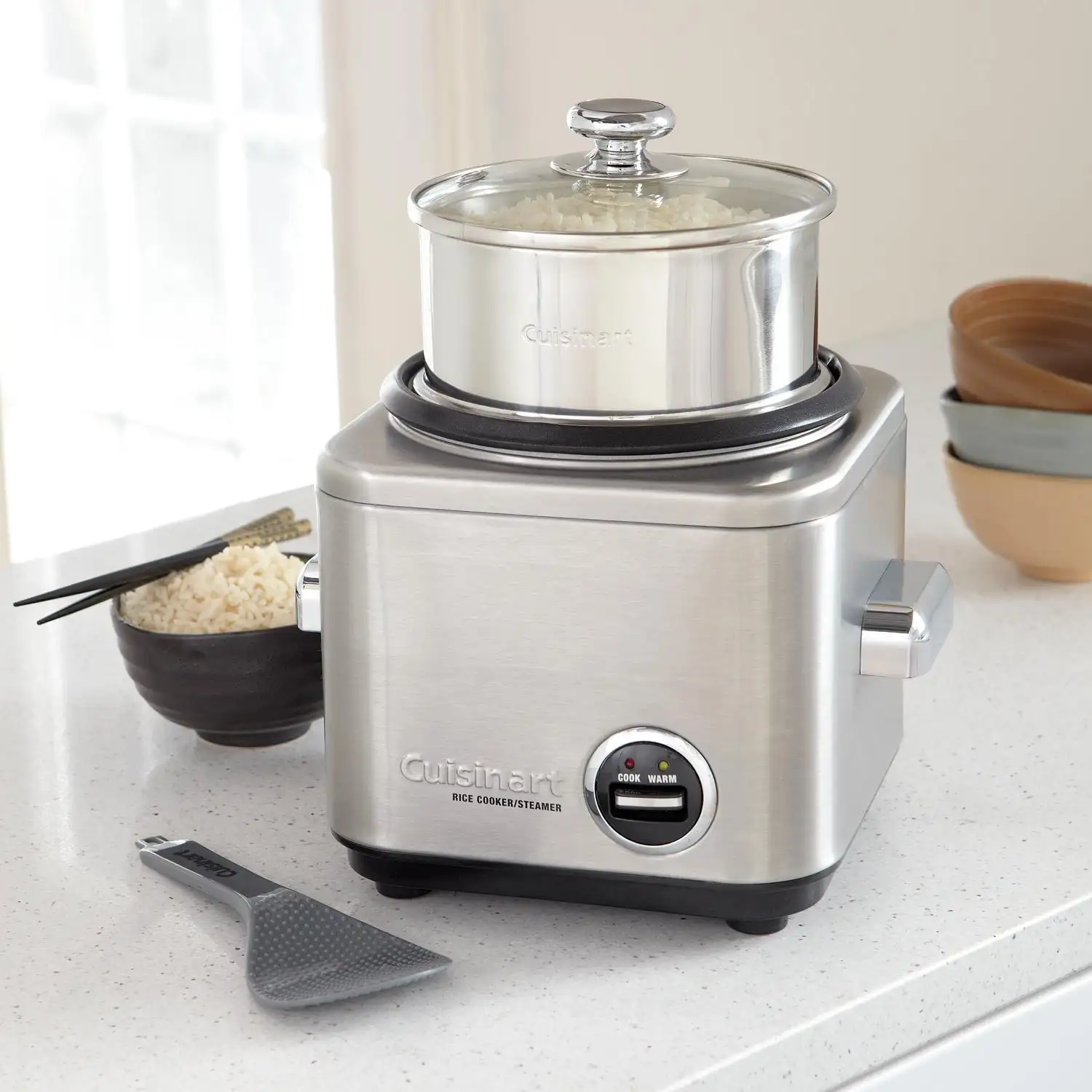

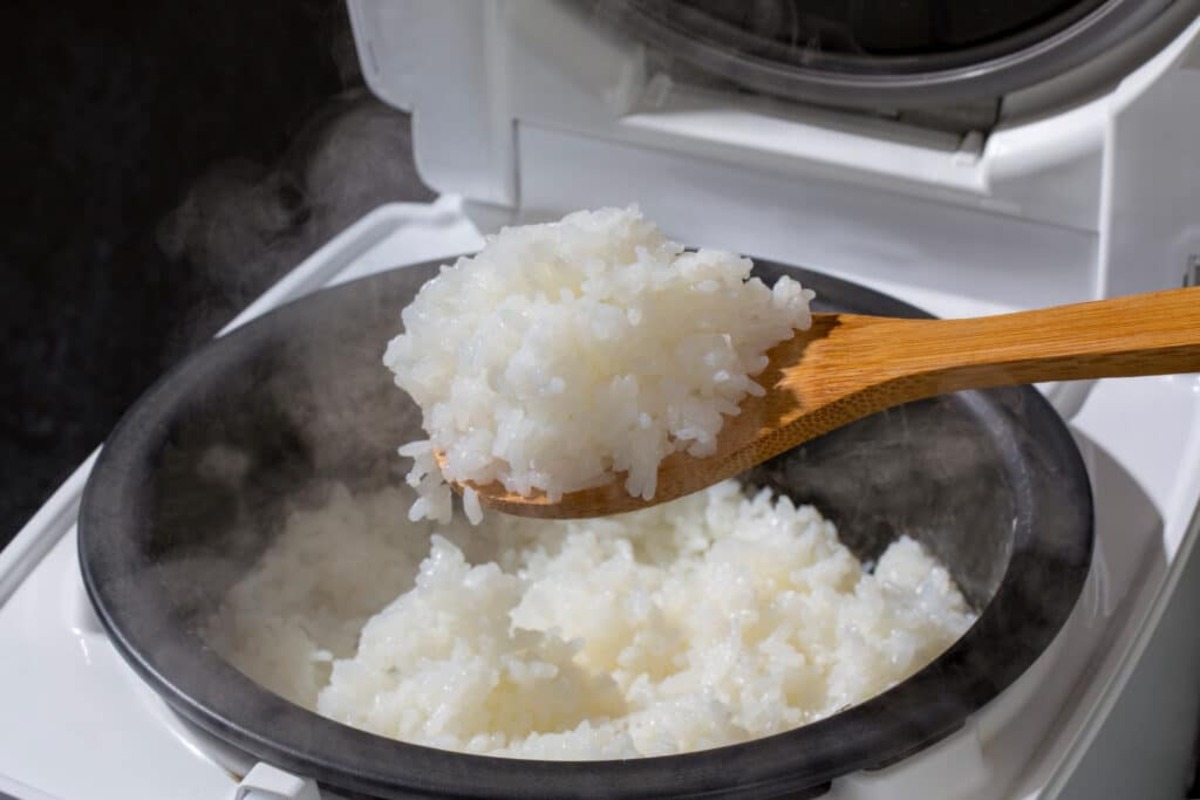
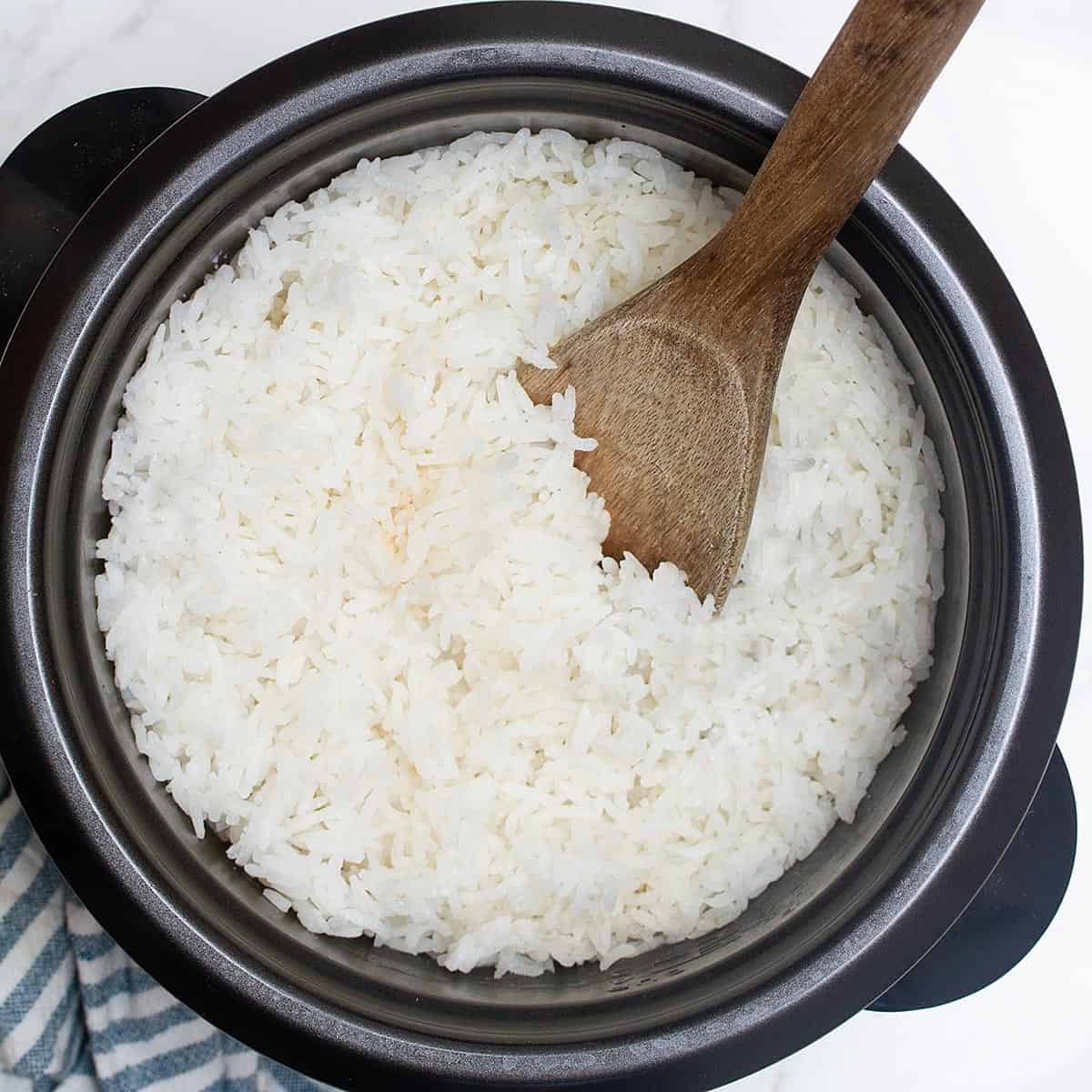
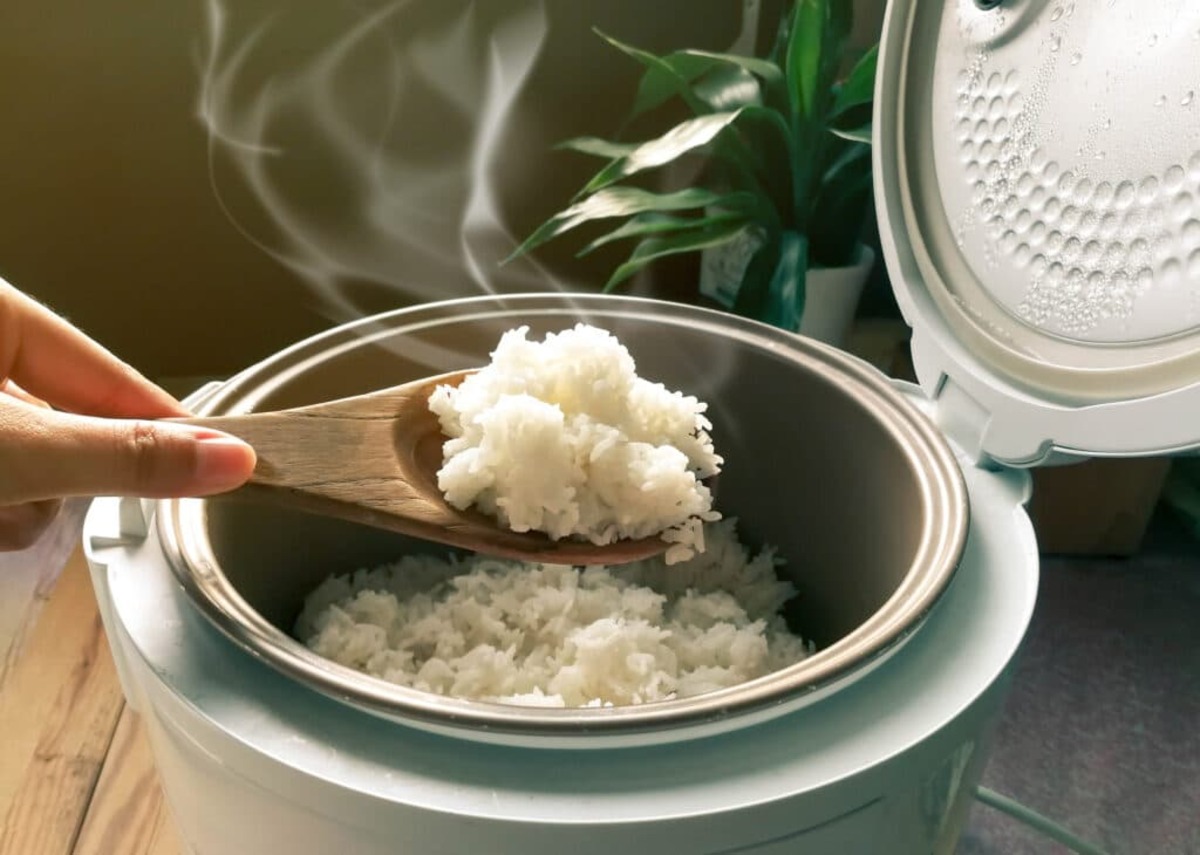
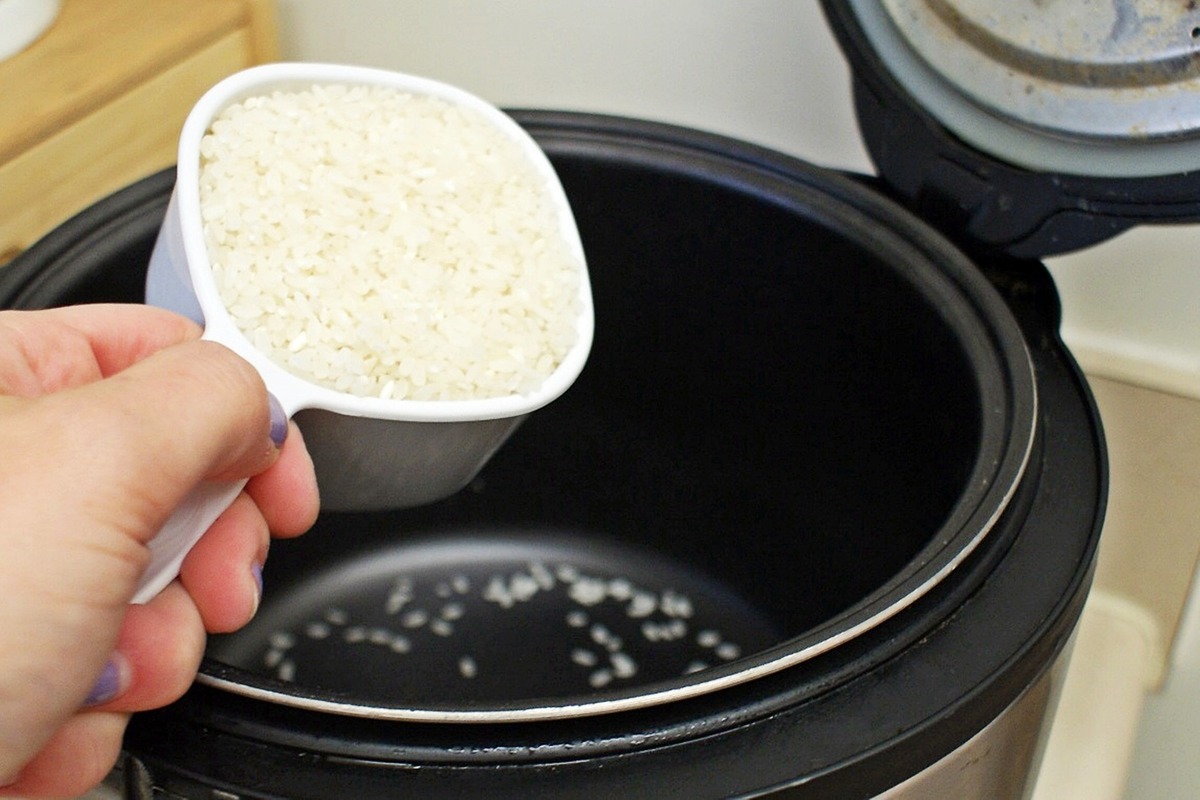
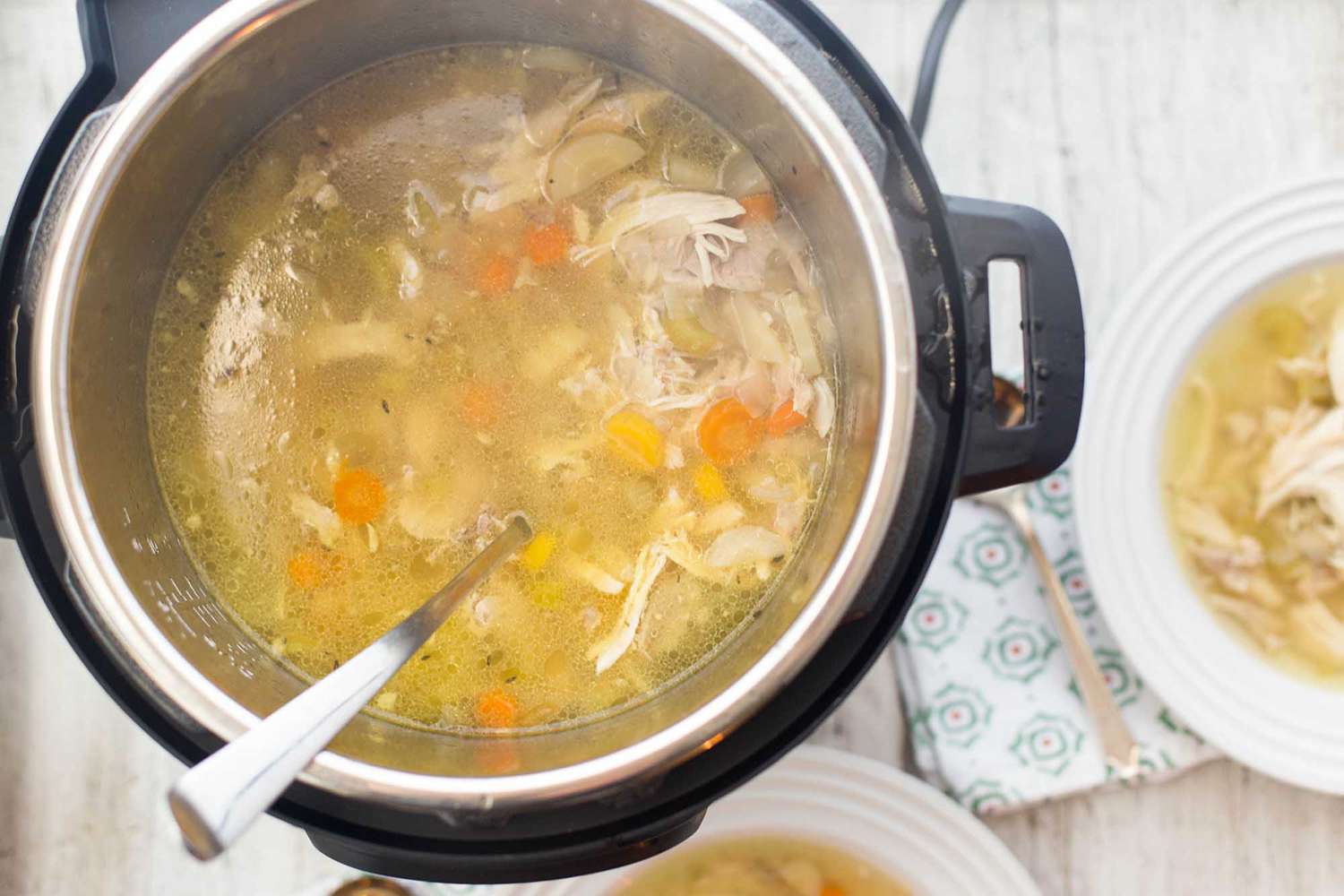
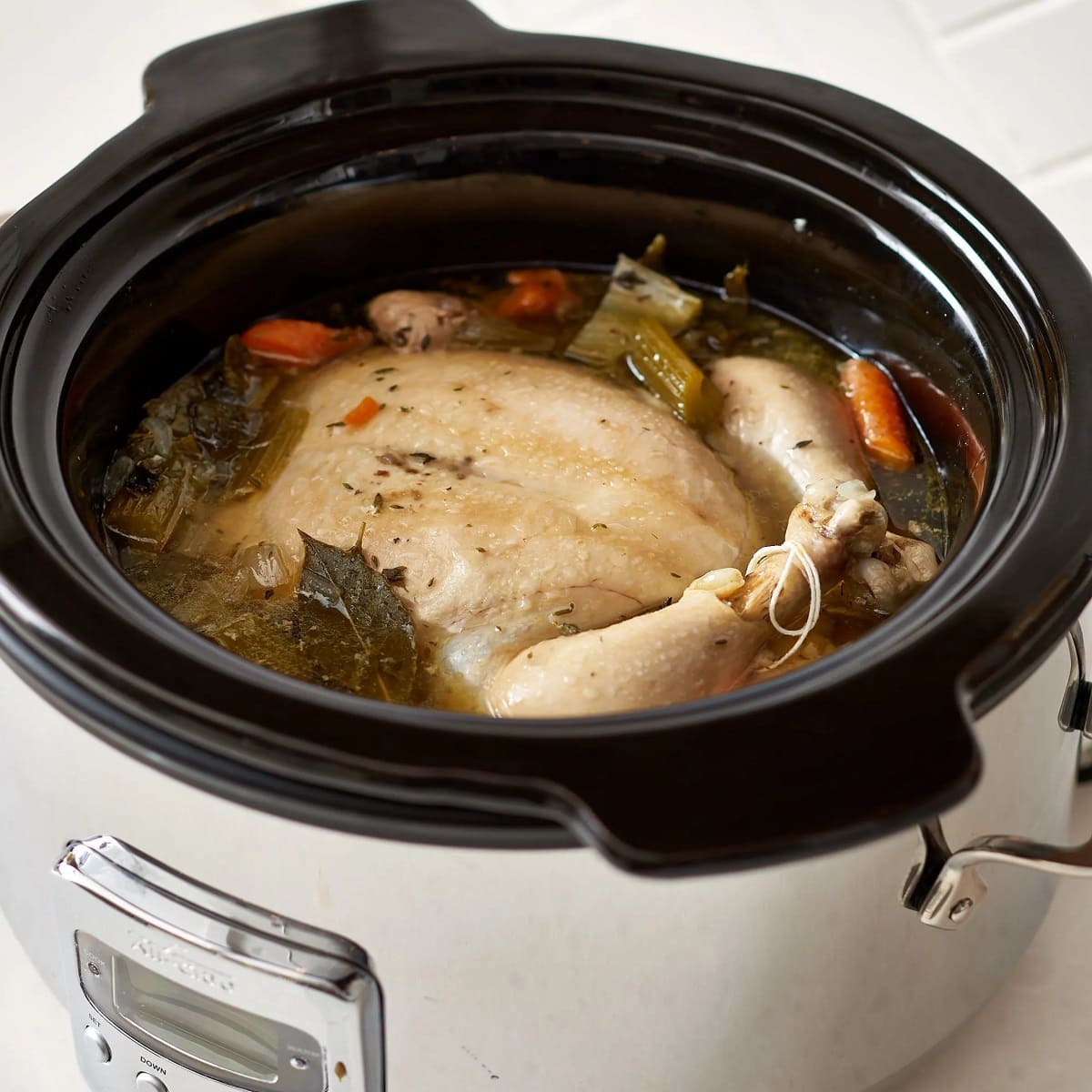
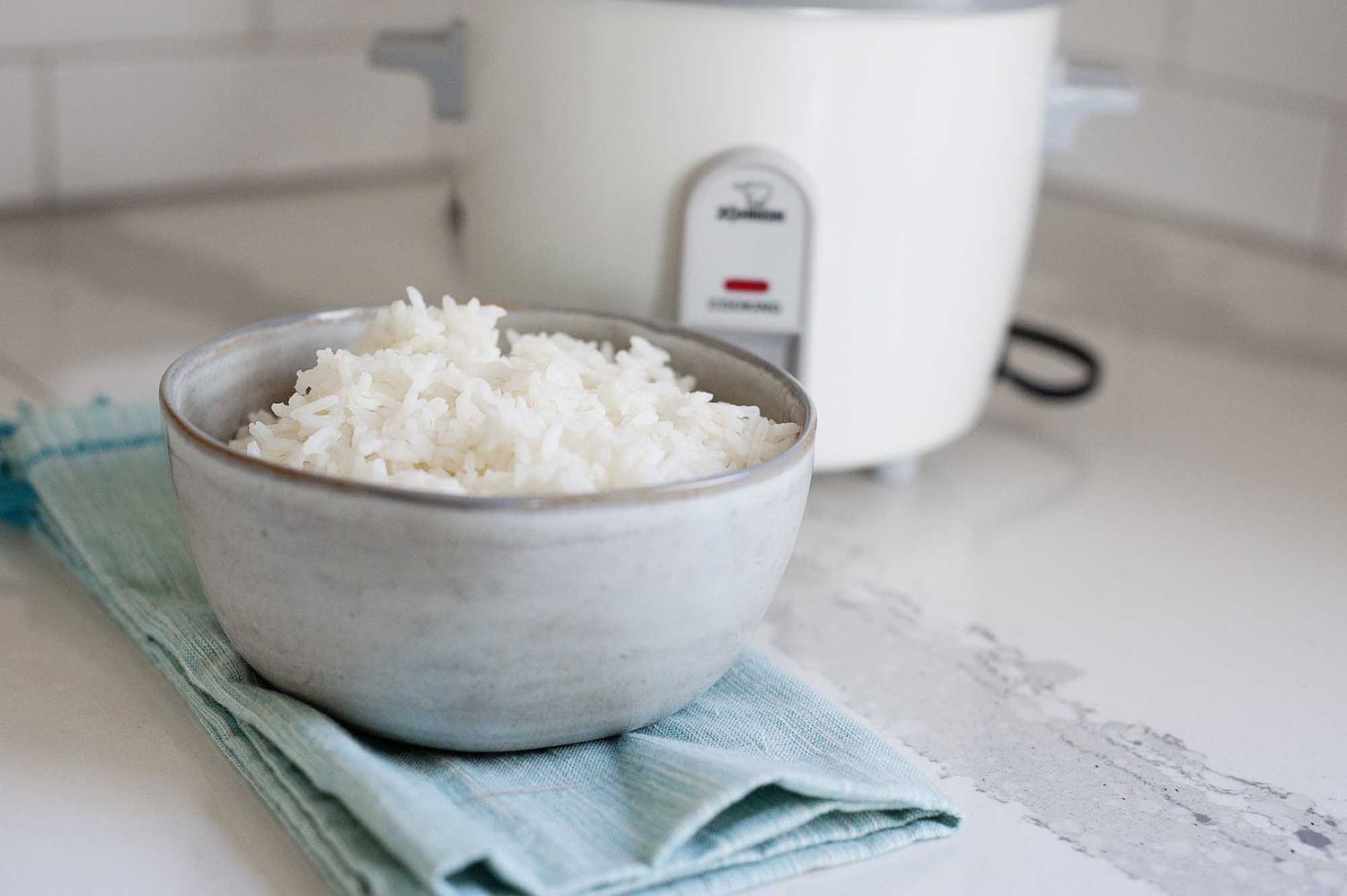


0 thoughts on “How To Cook Soup In Rice Cooker”